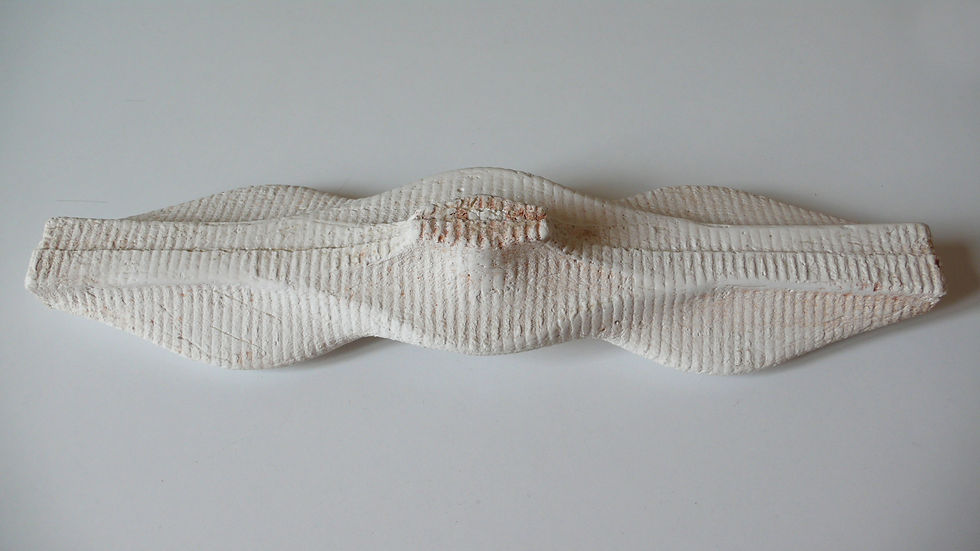DIGITAL FABRICATION //
Digital fabrication is defined as computer-aided processes that manipulate material through subtrac tive or additive methods. These processes can be broken down into two groups: computer numerical control (CNC) processes and rapid prototyping (RP) processes. The fundamental difference between these two is that the CNC processes create objects by removing material (subtractive) while RP processes create objects by building it up layer-by-layer (additive). A few examples of CNC processes are milling, waterjet cutting, and laser cutting. RP processes include three-dimensional printing, stereolithography, and fused-deposition modeling.

3D printing / laser cutting / arduino / sensors / nature / craftwork

3D printing / craftwork

Fiber vacuum / laser cutting / craftwork
3D PRINTING //
3D printing or additive manufacturing is a process of making three dimensional solid objects from a digital file. The creation of a 3D printed object is achieved using additive processes. In an additive process an object is created by laying down successive layers of material until the entire object is created. Each of these layers can be seen as a thinly sliced horizontal cross-section of the eventual object.

3D printing / Zortrax M200

3D printing / Z corp rapid prototype machine

3D printing / Z corp rapid prototype machine

3D printing / Z corp rapid prototype machine

3D printing / Z corp rapid prototype machine

3D printing / Z corp rapid prototype machine

3D printing / Z corp rapid prototype machine

3D printing / Z corp rapid prototype machine / paint

3D printing / Makerbot rapid prototype machine
CNC MILLING //
CNC milling, the most common form of computer numerical control (CNC) machining, performs the functions of both drilling and turning machines. CNC mills are categorized according to their number of axis and are traditionally programmed using a set of codes that represent specific functions.Axis are labeled as x and y for horizontal movement, and z for vertical movement. A standard manual light-duty mill is typically assumed to have four axis:
1) Table x
2) Table y
3) Table z
4) Milling Head z
The number of axis of a milling machine is often interpreted in varying ways. A five-axis CNC milling machine has an extra axis in the form of a horizontal pivot for the milling head. The end mill is positioned at an angle with respect to the table allowing extra flexibility for machining. A six-axis CNC milling machine includes an additional horizontal pivot for the milling head, perpendicular to the fifth axis. CNC milling machines are traditionally programmed using a set of commands known as G-codes. G-codes represent specific CNC functions in alphanumeric format.

Cnc milling machine / molding process / polimer

Cnc milling machine / molding process / ceramic

Cnc milling machine / molding process / plaster
LASER CUTTING //
Laser Cutting is a non-contact process which utilizes a laser to cut materials, resulting in high quality, dimensionally accurate cuts. The process works by directing the laser beam through a nozzle to the workpiece. A combination of heat and pressure creates the cutting action. The material melts, burns, vaporizes, or is blown away by a jet of gas, leaving an edge with a high-quality surface finish.

Laser cutting / wood

Laser cutting / engrave / wood

Laser cutting / engrave / plastic